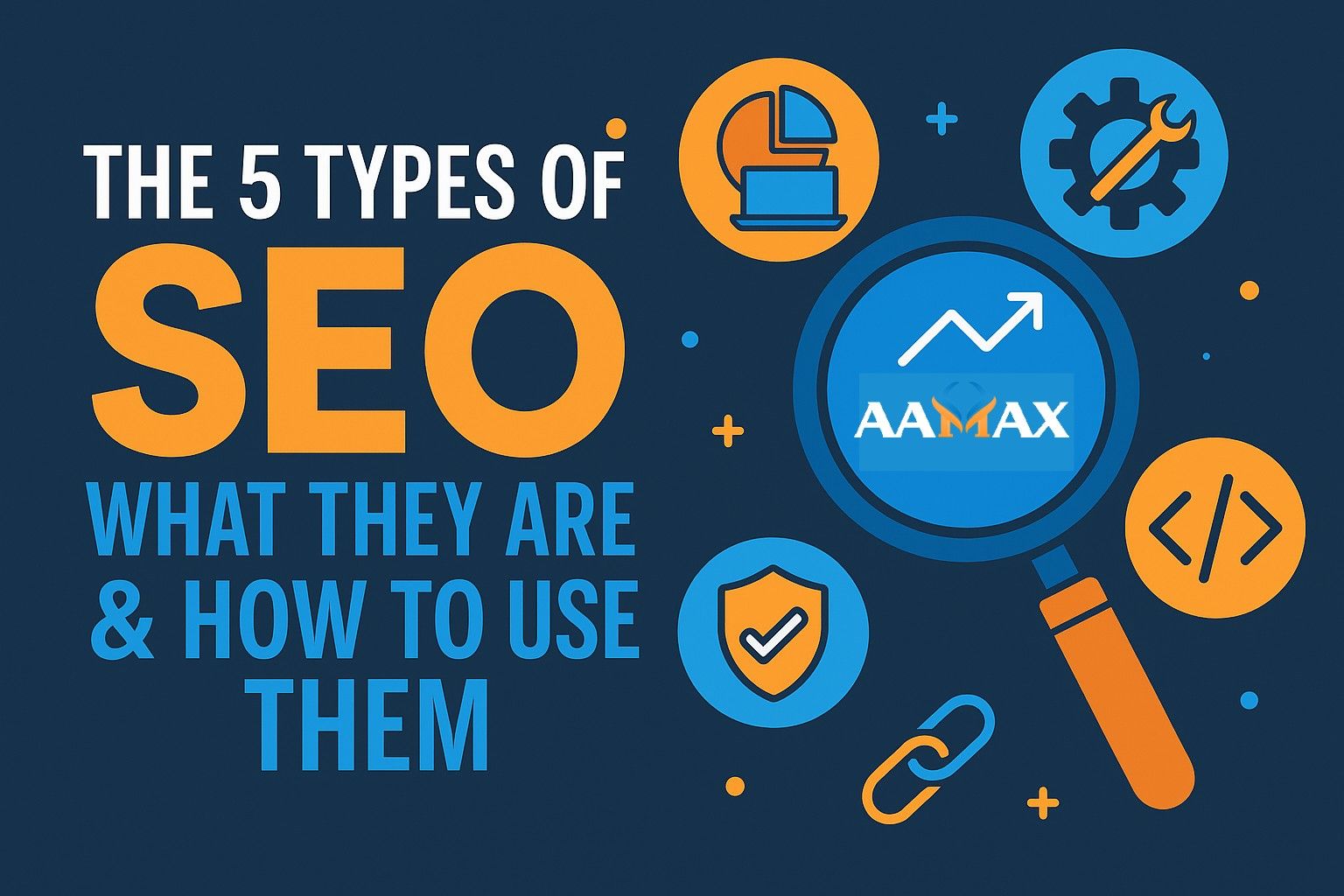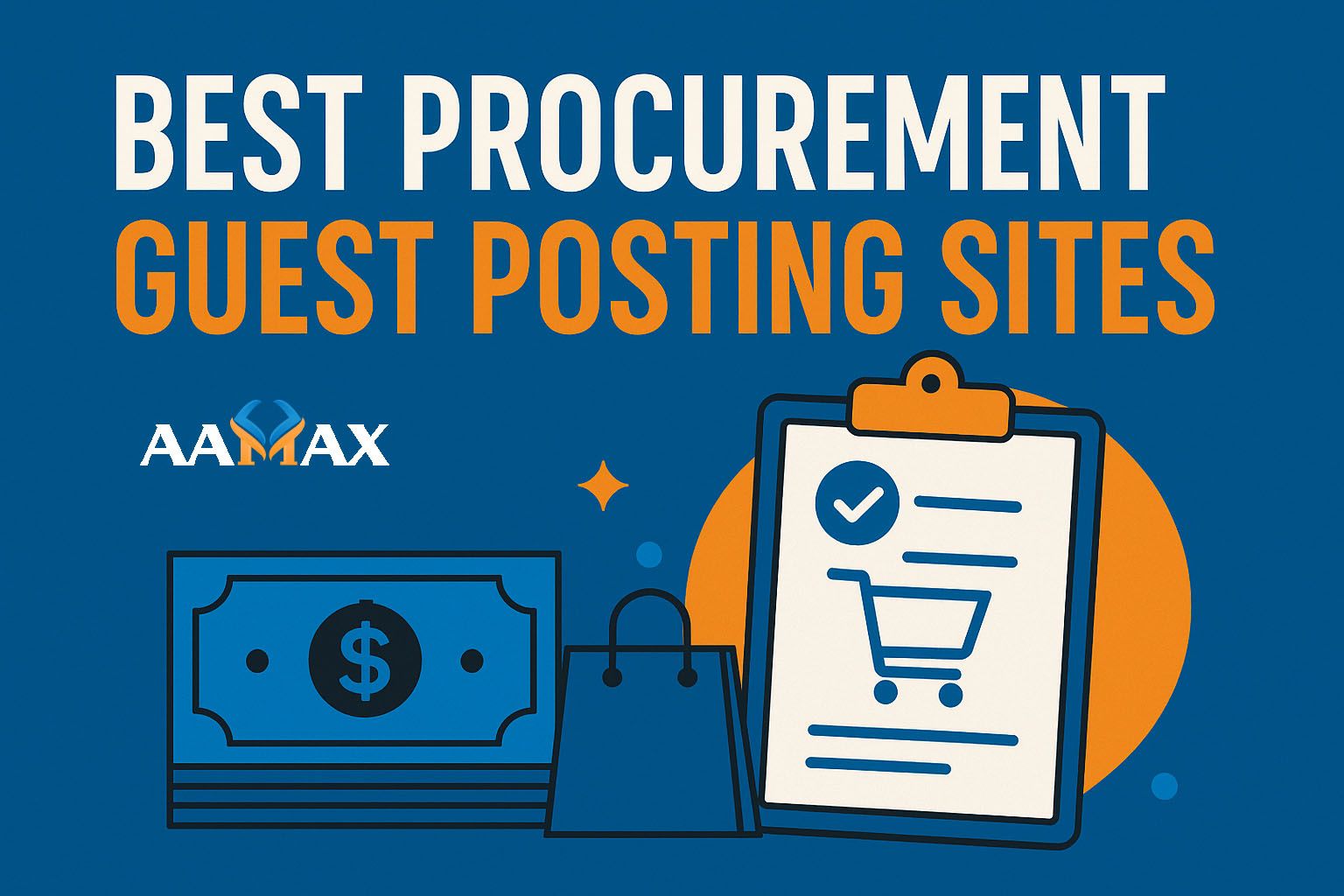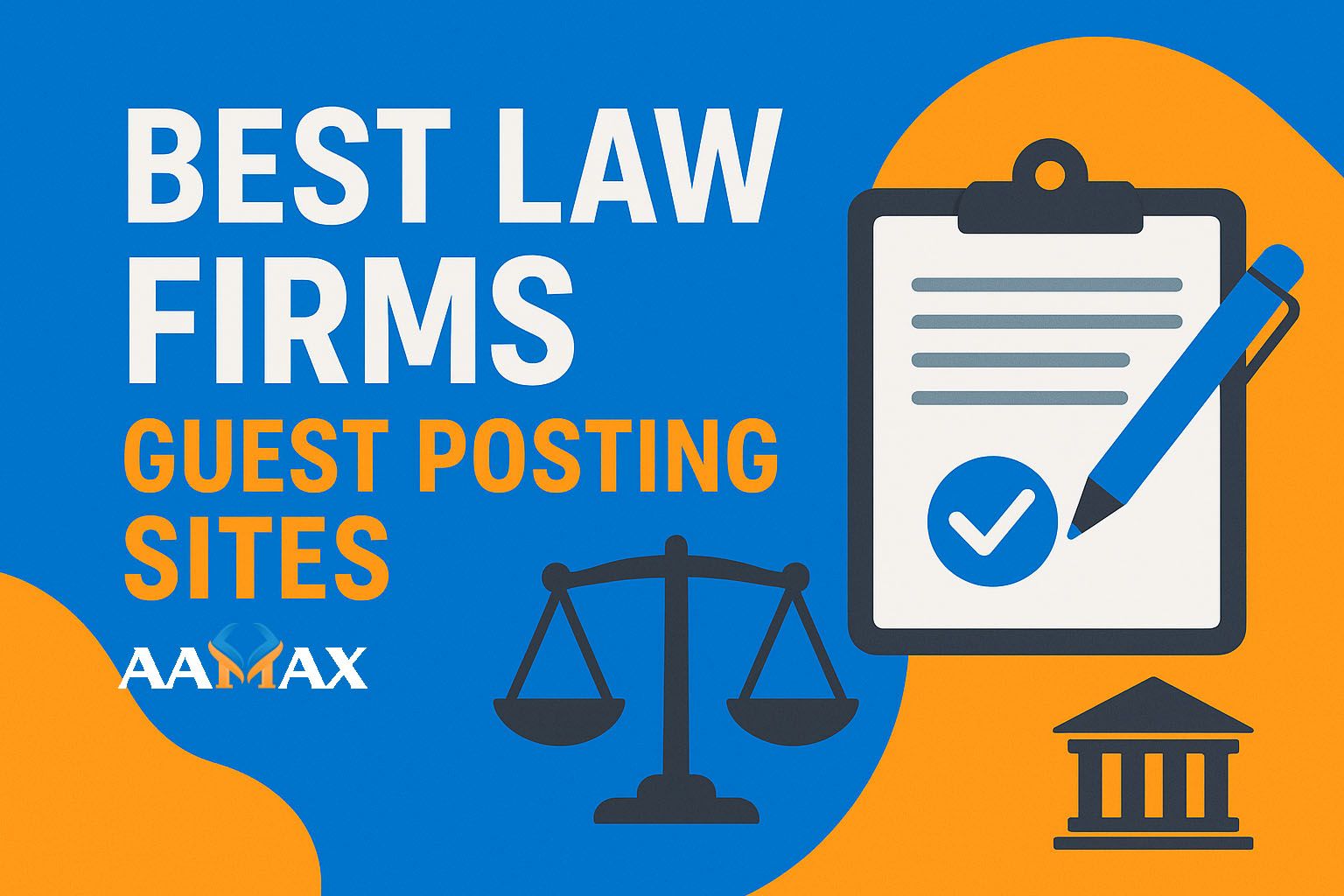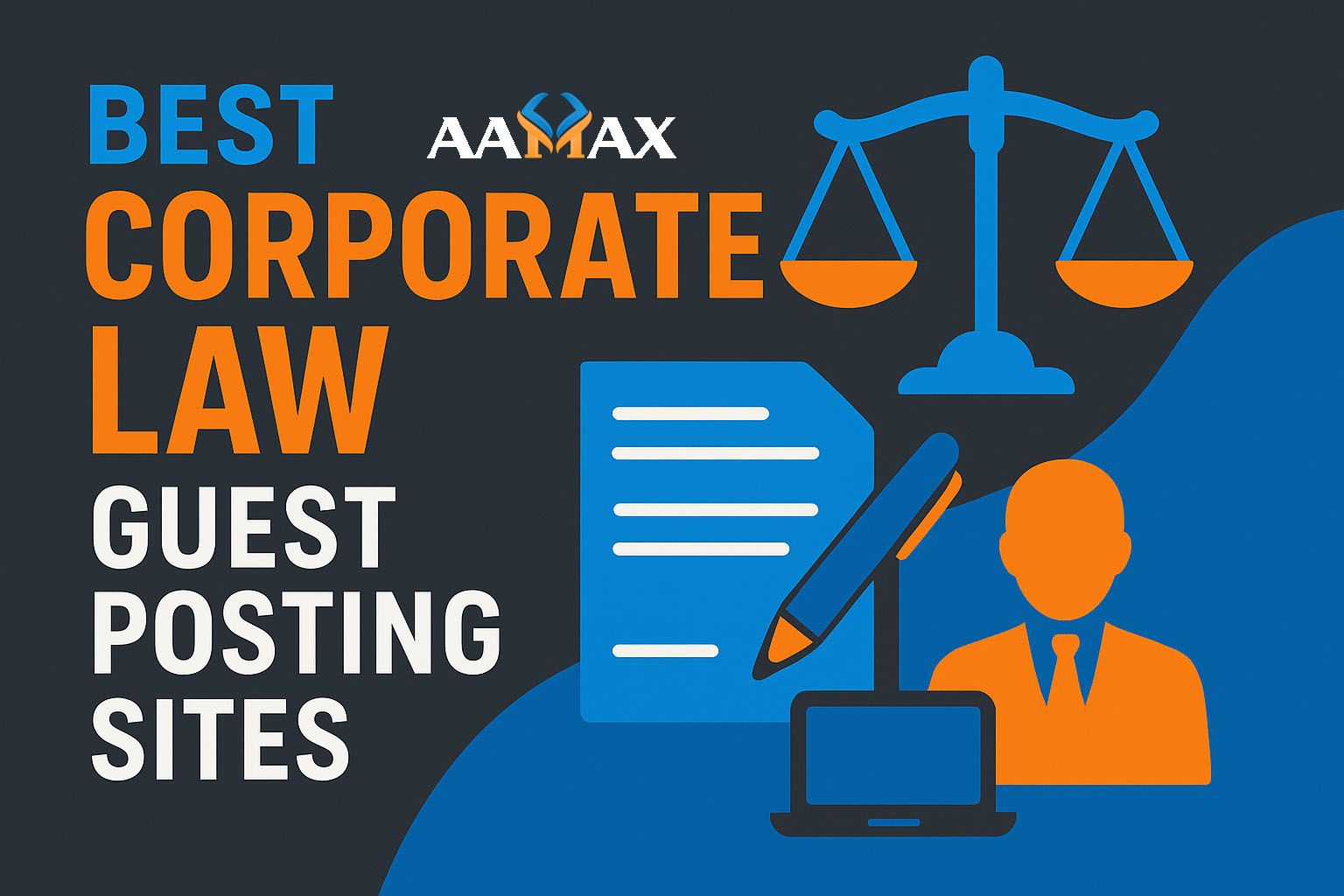
The 5 Types of SEO: What They Are & How to Use Them
Search Engine Optimization (SEO) is one of the most powerful tools in digital marketing. It ensures that your website ranks higher in search engine results, drives targeted traffic, and ultimately generates more leads and conversions. However, SEO isn’t a single tactic—it’s a combination of multiple strategies that work together to optimize every aspect of your online presence.
To succeed in today’s competitive digital landscape, businesses must understand the different types of SEO and how each one plays a crucial role in achieving long-term success. In this article, we’ll explore the 5 types of SEO, break down what they involve, and explain how you can use them to grow your online visibility.
Why Understanding Different Types of SEO Matters
Before diving into the types, it’s important to recognize that SEO services is not a “one-size-fits-all” process. Each type of SEO addresses different aspects of how search engines evaluate your website. By combining these methods, you create a well-rounded strategy that maximizes your site’s potential to attract organic traffic.
Now, let’s take a closer look at the five types of SEO and how you can apply them effectively.
1. On-Page SEO
On-page SEO refers to all the optimization efforts you make within your website to improve its rankings and user experience. This type of SEO ensures that your content, structure, and HTML source code are search-engine-friendly.
Key On-Page SEO Elements:
- Keyword Optimization: Using relevant keywords in titles, headings, and throughout the content.
- Meta Tags: Writing compelling title tags and meta descriptions that improve click-through rates.
- Header Tags (H1, H2, H3): Organizing content with proper heading structures for readability and SEO.
- Image Optimization: Using alt text, proper file names, and compressed images for better load speed and accessibility.
- Internal Linking: Connecting related pages to improve navigation and authority distribution.
How to Use On-Page SEO:
Start with keyword research using tools like Google Keyword Planner or SEMrush. Once you’ve identified your target terms, naturally incorporate them into your content. Focus on readability, user intent, and delivering value to your audience. Make sure each page is properly structured, fast-loading, and mobile-friendly.
When executed correctly, on-page SEO increases your visibility in search results and ensures that visitors stay engaged with your content.
2. Off-Page SEO
Off-page SEO includes all the activities you perform outside of your website to improve its authority, trustworthiness, and relevance in the eyes of search engines. The primary goal is to build your site’s reputation and credibility.
Key Off-Page SEO Elements:
- Backlink Building: Earning high-quality backlinks from reputable websites.
- Social Media Signals: Driving traffic through shares, mentions, and engagement on platforms like Facebook, LinkedIn, and Twitter.
- Guest Blogging: Publishing articles on other industry websites to gain backlinks and exposure.
- Influencer Outreach: Partnering with influencers to increase brand awareness and generate authority signals.
How to Use Off-Page SEO:
Focus on earning backlinks rather than buying them. Quality always matters more than quantity—one backlink from an authoritative site can be more valuable than dozens from low-quality sources. Combine this with social media marketing and guest posting to diversify your traffic sources.
Off-page SEO is crucial for building domain authority, which is one of the most significant factors search engines consider when ranking websites.
3. Technical SEO
Technical SEO is all about optimizing the infrastructure of your website to ensure that search engines can crawl and index it effectively. Without strong technical SEO, even the best content may struggle to rank.
Key Technical SEO Elements:
- Website Speed: Faster websites improve both rankings and user experience.
- Mobile Optimization: Ensuring your site is responsive and user-friendly across all devices.
- Secure Sockets Layer (SSL): Using HTTPS for secure browsing.
- XML Sitemap: Helping search engines crawl and index your pages more efficiently.
- Robots.txt File: Guiding search engines on which pages to crawl and which to avoid.
- Fixing Errors: Eliminating broken links, duplicate content, and 404 errors.
How to Use Technical SEO:
Perform regular audits using tools like Screaming Frog, Ahrefs, or Google Search Console. Optimize your site speed with compression, caching, and a Content Delivery Network (CDN). Make sure your site structure is logical and easy to navigate.
By mastering technical SEO, you create a strong foundation that allows all your other SEO strategies to succeed.
4. Local SEO
Local SEO focuses on optimizing your online presence to attract more customers from local searches. This is especially important for businesses with a physical location or those that serve specific geographic areas.
Key Local SEO Elements:
- Google Business Profile Optimization: Claiming and optimizing your Google Business Profile (formerly Google My Business).
- Local Keywords: Targeting search terms that include city, neighborhood, or regional identifiers.
- Citations: Ensuring your business name, address, and phone number (NAP) are consistent across directories.
- Reviews and Ratings: Encouraging satisfied customers to leave positive reviews on Google and other platforms.
- Local Backlinks: Building relationships with local businesses, newspapers, and community websites.
How to Use Local SEO:
If you’re a business targeting local clients, start by setting up and optimizing your Google Business Profile. Add photos, update your business hours, and respond to reviews promptly. Use location-specific keywords in your content, and list your business in reputable local directories.
Local SEO is a game-changer for small and medium-sized businesses looking to compete in their neighborhoods.
5. Content SEO
Content SEO is the practice of creating high-quality, relevant, and engaging content that appeals to both users and search engines. While content is often considered part of on-page SEO, it deserves its own category due to its importance.
Key Content SEO Elements:
- Content Strategy: Planning blogs, videos, and guides that target audience pain points.
- Keyword-Driven Content: Writing articles and landing pages around relevant search queries.
- User Intent Optimization: Ensuring your content matches what users are searching for.
- Content Formats: Using blogs, videos, infographics, and podcasts to diversify your message.
- Evergreen Content: Creating content that remains relevant over time.
How to Use Content SEO:
Start by identifying your audience’s most common questions and challenges. Then, create content that provides valuable answers while integrating relevant keywords naturally. Ensure your content is easy to read, visually appealing, and shareable across multiple channels.
Content SEO not only drives organic traffic but also positions your brand as a trusted authority in your industry.
Bringing It All Together
SEO success isn’t about focusing on one type—it’s about integrating all five. On-page SEO ensures your website is optimized, off-page SEO builds credibility, technical SEO lays the groundwork, local SEO connects you with your community, and content SEO keeps your audience engaged.
When combined, these strategies create a powerful SEO ecosystem that improves visibility, attracts targeted traffic, and increases conversions.
Final Thoughts
SEO is constantly evolving, and businesses that stay ahead of the curve will always have the edge. By understanding and applying these five types of SEO, you can build a strategy that not only ranks higher in search engines but also delivers long-term business growth.
And if you’re looking for expert help to strengthen your online presence, you can AAMAX. AAMAX is a full-service digital marketing company offering web development, digital marketing, and SEO services to help your business thrive in today’s competitive environment.
With the right strategies—and the right partner—you’ll be able to harness the full power of SEO to grow your brand and achieve sustainable success.







